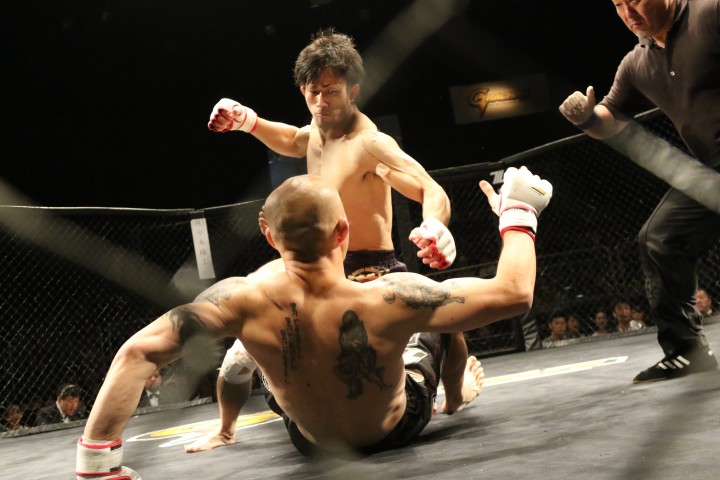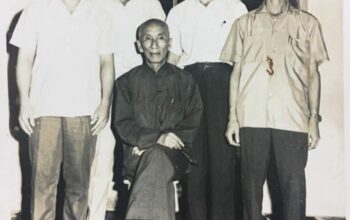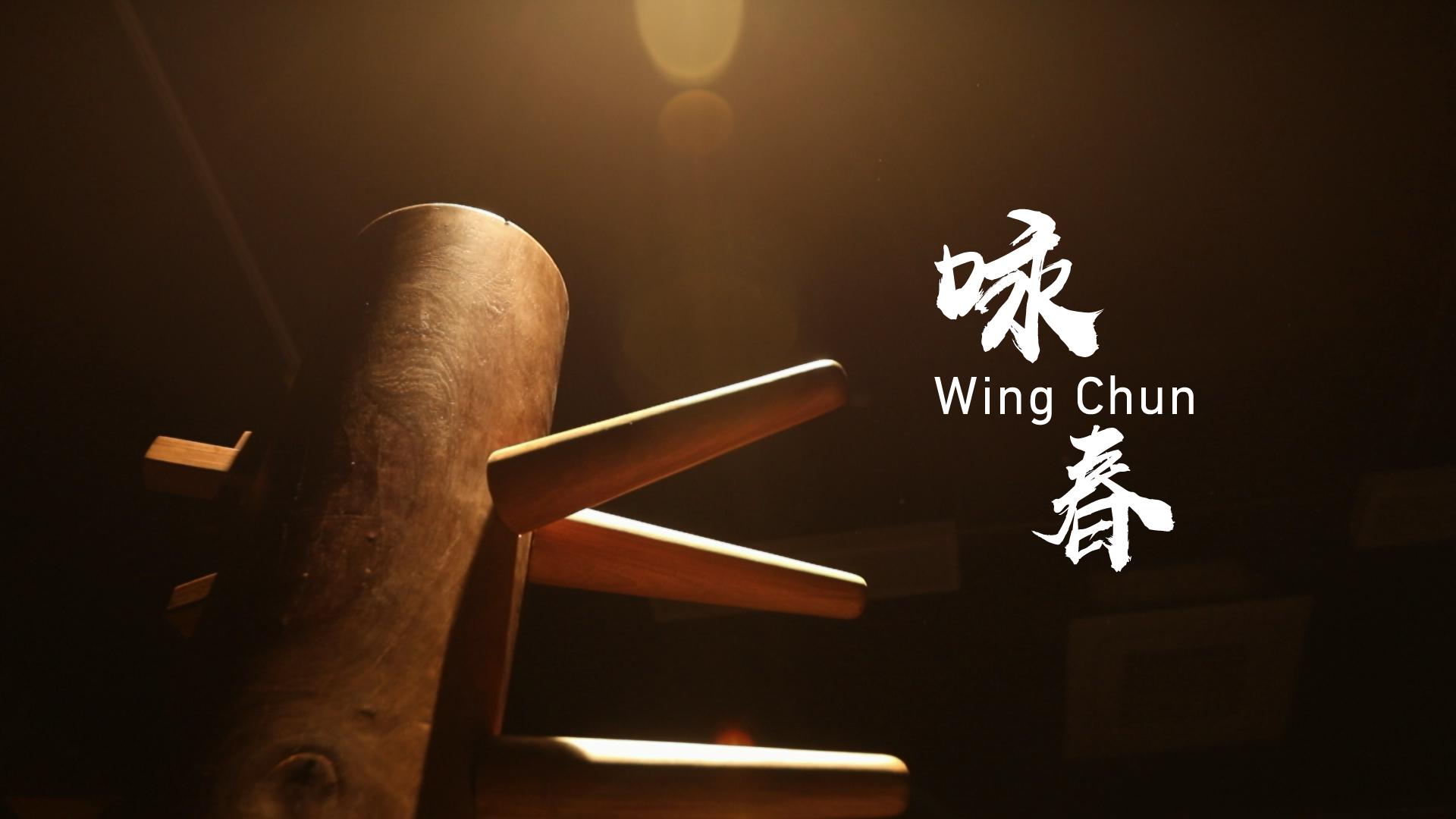Wing Chun, a traditional Chinese martial art known for its practicality and efficiency in combat, primarily focuses on close-quarters combat and self-defense in standing positions. While Wing Chun’s training primarily emphasizes techniques and strategies for fighting on your feet, it does not extensively teach ground defense or grappling techniques like those found in Brazilian Jiu-Jitsu or wrestling. However, it does incorporate principles and techniques that can be applied in a ground-based scenario. Let’s explore the approach of Wing Chun to ground defense.
Wing Chun’s core philosophy is to end a confrontation as quickly as possible by delivering precise and powerful strikes while maintaining a stable and balanced position. It emphasizes the use of simultaneous attack and defense to overwhelm an opponent. In standing positions, Wing Chun practitioners employ techniques like strikes, kicks, and trapping techniques to neutralize opponents effectively.
However, Wing Chun does recognize the possibility of being taken to the ground in a self-defense situation. In such cases, Wing Chun practitioners aim to avoid going to the ground whenever possible. The primary objective is to maintain an upright position and prevent the fight from going to the ground where an opponent might have an advantage, especially if they possess grappling skills.
Nevertheless, Wing Chun does incorporate some principles and techniques that can be adapted for ground defense. These include:
- Sensitivity and Flow: Wing Chun training develops sensitivity and flow, allowing practitioners to adapt to their opponent’s movements and maintain a responsive approach. These skills can be beneficial on the ground, enabling practitioners to anticipate an opponent’s actions, find opportunities to escape, and create space to get back to a standing position.
- Positioning and Centerline Control: Wing Chun’s principles of centerline control and positioning can be applied even in a ground-based scenario. By maintaining control over the opponent’s centerline, a Wing Chun practitioner can limit the opponent’s options for attack and create openings for escapes or counterattacks.
- Striking from the Ground: Wing Chun techniques such as punches, palm strikes, and elbow strikes can still be utilized from a ground position, aiming at vulnerable areas of an opponent. Strikes can be used to create openings, disrupt an opponent’s balance, or discourage them from further attacks.
- Joint Manipulation: Wing Chun’s understanding of joint manipulation and sensitivity can be valuable in ground defense. By applying joint locks or manipulating an opponent’s limbs, a Wing Chun practitioner can create opportunities for escapes or submissions.
- Bridging and Trapping: Wing Chun’s bridging and trapping techniques, which involve controlling an opponent’s arms and diverting their attacks, can be adapted to ground defense. By employing similar principles, practitioners can neutralize an opponent’s ground and pound strikes or control their limbs to set up escapes or counterattacks.
While Wing Chun does not extensively focus on ground defense, its principles and techniques can still provide valuable insights and tools for self-defense in a ground-based scenario. However, to have a comprehensive understanding of ground fighting and grappling, practitioners may need to supplement their Wing Chun training with dedicated training in arts like Brazilian Jiu-Jitsu or wrestling.
In conclusion, while Wing Chun does not emphasize ground defense as a primary focus, it incorporates principles and techniques that can be adapted to ground-based scenarios. Wing Chun’s sensitivity, positioning, striking abilities, joint manipulation, and trapping techniques can provide practitioners with tools for self-defense on the ground. However, for a more comprehensive understanding of ground fighting, practitioners may need to explore additional training in grappling arts.







